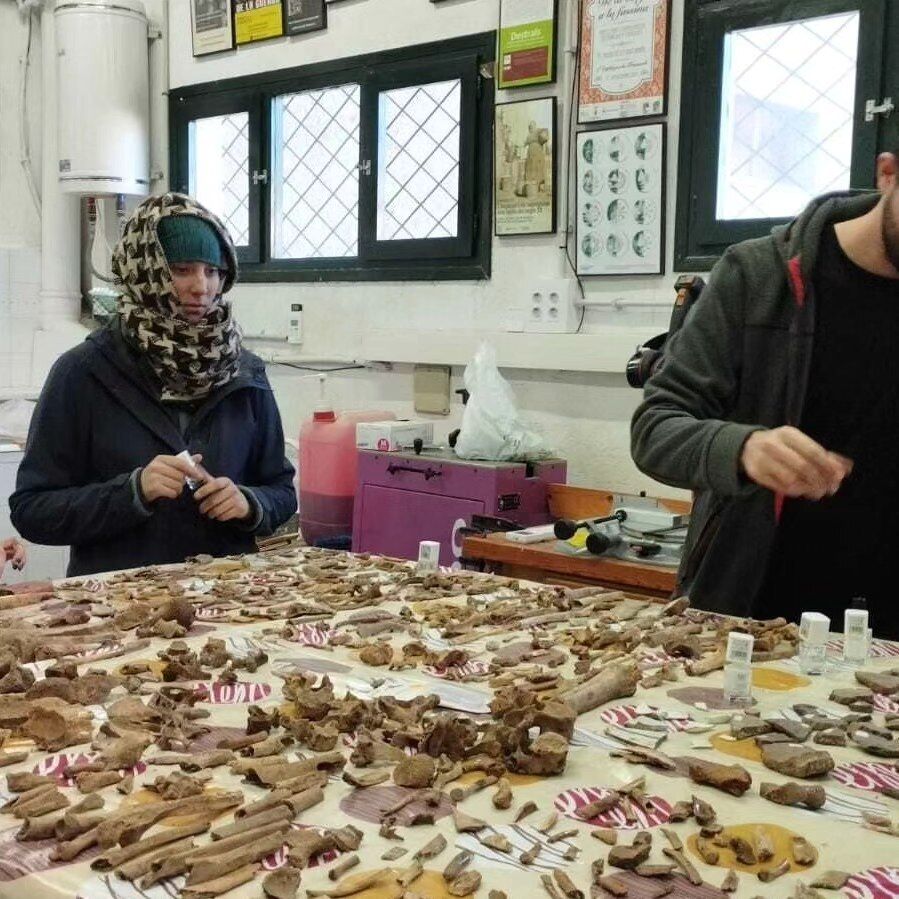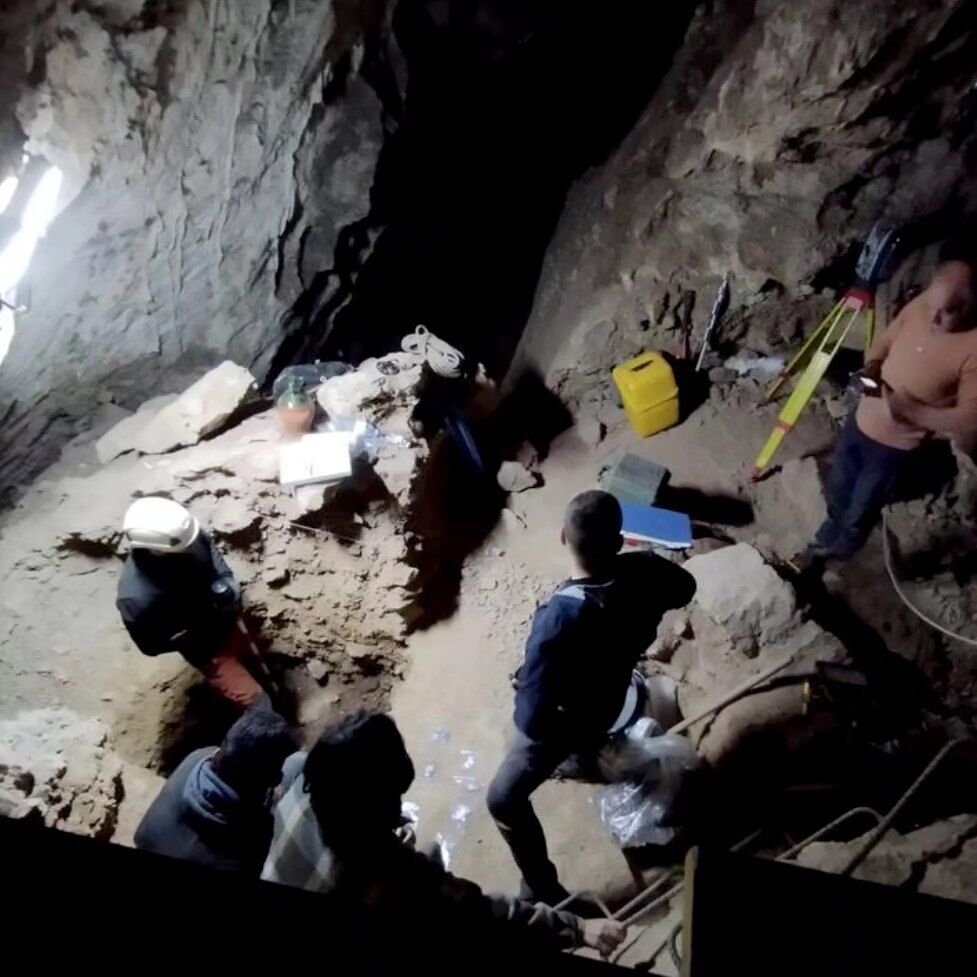A cave-tomb with thousands of human and animal skeletons discovered in Spain (photo)

Archaeologists from the Catalan Institute of Human Paleoecology and Social Evolution (IPHES) have made an exciting discovery in the municipality of Vimbodi i Poblet in northeastern Spain. During excavations in a cave known as Cova dels Xaragalls, they discovered more than 7,000 human skeletal remains, indicating that the site has been used as a burial ground for thousands of years.
The excavation, which took place in December 2023, yielded impressive results, according to IPHES. The skeletal remains found date back to the Neolithic to Bronze Age, covering an era of ancient history - approximately 7000 to 3000 years ago.
Also read: Archaeologists find a bronze hand painted in one of the world's oldest languages (photos and video)
Antonio Rodríguez Hidalgo, a professor at the Department of Prehistory and Archaeology at the University of Seville and an associate researcher at IPHES, emphasized that the cave had been used as a funeral cave for thousands of years. He noted: "It was a cemetery where the bodies of the dead were kept, and it has been used for this purpose for many eras."


Scientists believe that the long history of the cave's use as a burial site allows them to study the evolution of the region's prehistoric societies and their attitudes toward death.
However, according to Alfredo Suesto, one of the excavation directors, it also poses challenges: "In cave funerals, where burial sites have been used for thousands of years, one of the most difficult tasks is to try to document the different burial methods that have been used over time."
In addition to thousands of human skeletons, the cave also contained a large number of animal bones, fragments of ceramic vessels, and decorative objects. Among the animal remains are sheep, goats, pigs, cows, as well as dogs and horses.
The study of this ancient cave and a detailed analysis of the found artifacts and human and animal remains can reveal a lot of interesting things about the life and death of our ancient ancestors and their customs.
Earlier, archaeologists found the oldest dry compass in Europe on the wreckage of a ship in Estonia .
If you want to get the latest news about the war and events in Ukraine, subscribe toour Telegram channel!
